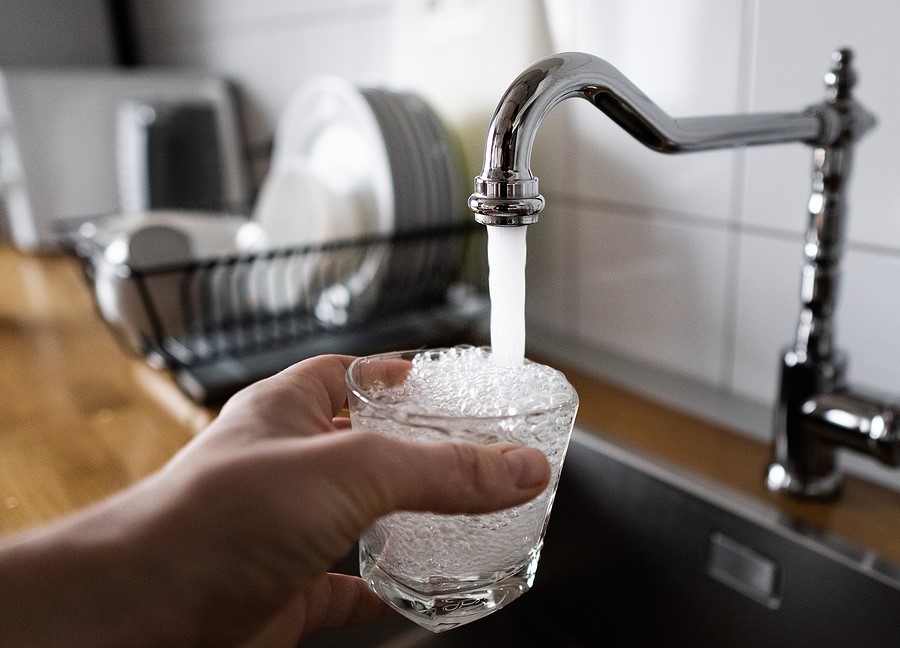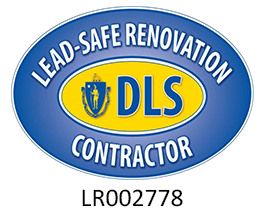Let’s play “Would you rather…?”
As in, you’re walking through a park, would you rather find a $20 or $50 bill? Nothing to think about.
Or would you rather go hiking or relax on the beach? Aha, you love doing both, so now it becomes a more difficult choice – depending on the time of year, of course.

Now, let’s head back home, where low or high water pressure is frequently an issue. Under normal conditions and given the choice, most people find it far more convenient when water pressure is on the high side. After all, attempting to shower under a soft trickle of water can be both time-consuming and frustrating. But when water pressure gets too high, it can cause severe damage to your plumbing system and result in costly repairs. In fact, high water pressure can cause premature failure of pipes, fixtures, and water-using appliances.
To find out whether your water pressure is at a comfortable level, purchase a simple and inexpensive water gauge from your favorite home improvement store and follow these steps:
1. Start by turning off all faucets, fixtures, and water-using appliances to ensure an accurate reading.
2. Select one faucet or hose bib that’s located near your homes’ main water supply source. For example, a faucet near the water meter for public water supplies, or an outlet located near the pressure tank for well water homes.
3. Attach the water pressure test gauge to the faucet or hose bib by screwing the fitting end onto the water outlet.
4. Slowly open the water supply valve that controls the faucet or hose bib that the test gauge is attached to.
5. Once the needle stops moving, note the pressure on the gauge. If it falls between 50 and 75 psi (pounds per square inch), your home’s water pressure is within the normal range. If it’s over 75 psi, the pressure is too high. Under 50 psi indicates low water pressure, but that’s a blog for another day.
6. Close the valve, wait a minute or two, and test again for accuracy. If the second reading is different than the first, you might have a water source turned on or an undetected water leak.
7. If the water pressure reading falls outside the normal range of 50 to 75 psi, you might have a faulty pressure reducing valve, or none at all. Call a licensed plumber to evaluate the situation and inspect or install a pressure reducing valve.
Determining the level of water pressure is a good thing, but tracing and fixing the problem – assuming there is one – is even better. Which is why it’s a great idea to call Pann Home Services when you’re simply not satisfied at the rate water flows from your faucets and other plumbing fixtures and appliances. Contact us today to schedule service and put an end to your water pressure frustrations.









